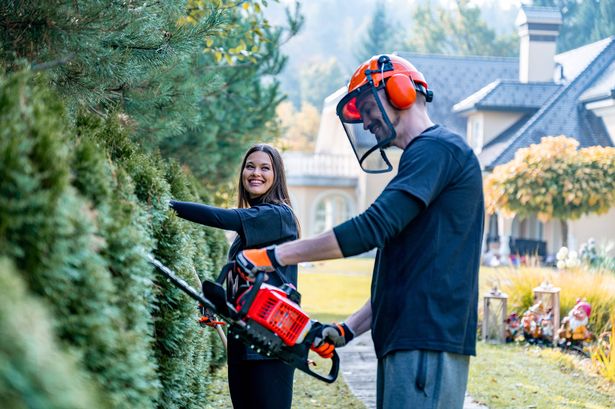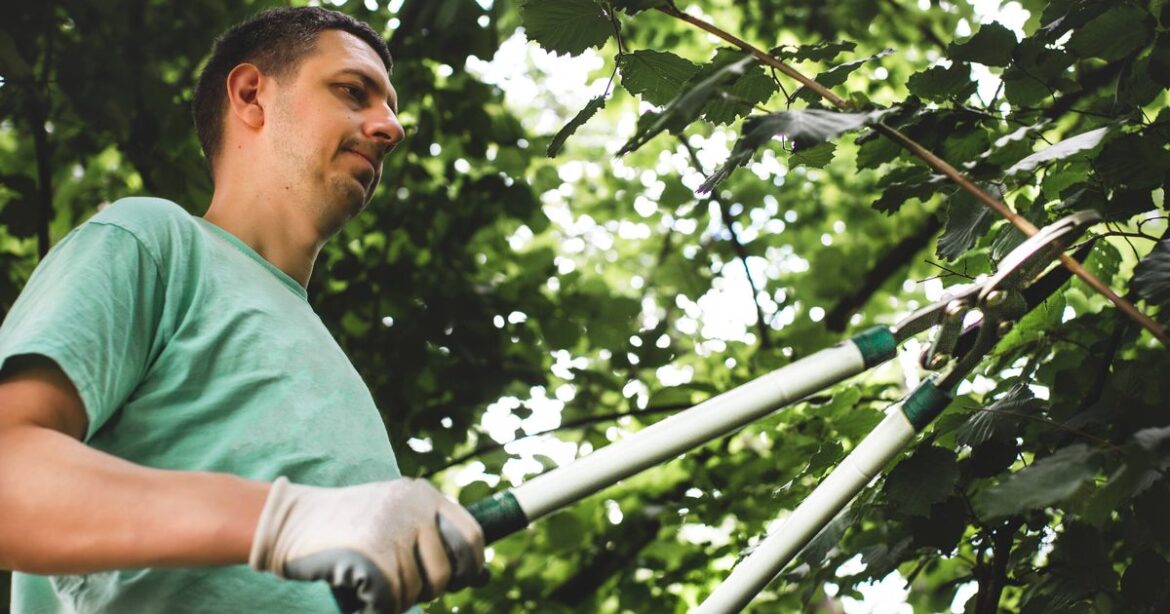With the warm weather meaning gardens are bursting into life, a property expert has tackled the issue of who is responsible for overhanging branches from next door You can take some action(Image: Mima88 via Getty Images)
You can take some action(Image: Mima88 via Getty Images)
After a warm summer so far across the UK, gardens have flourished with vibrant growth, but this abundance often sparks disputes over neighbouring vegetation that crosses boundary lines. Property specialists from HCB Widdows Mason have intervened to assist homeowners in navigating the complex matter of rights regarding overhanging branches and invasive plants.
Natalie Welsh, head of property at HCB Widdows Mason, has provided guidance to gardeners to help them understand the legal framework whilst encouraging the preservation of good neighbourly relations.
She explained: “It can be really frustrating when branches or plants from your neighbour’s garden start to spill over into your space. In England and Wales, you’re allowed to cut back any branches that cross onto your property, but only up to the boundary line. Just make sure you don’t step onto your neighbour’s land or damage the tree itself.
“It’s always best to have a friendly chat with your neighbour first. Let them know what you’re planning, especially if you think you’ll need a tree surgeon.
“If the branches are overhanging onto your side, you’re responsible for the cost of having them removed, not your neighbour. Once you’ve cut them back, you’re also responsible for getting rid of the branches properly.
“The cut branches belong to your neighbour, you can offer to return them, but you mustn’t just throw them back over the fence – that’s fly-tipping, which is illegal.
 It can be a tricky scenario(Image: ti-ja via Getty Images)
It can be a tricky scenario(Image: ti-ja via Getty Images)
“If your neighbour doesn’t want the trimmings, then it’s down to you to dispose of them responsibly, whether that’s your garden waste bin or taking them to the recycling centre.
“The obligations for maintenance can change over time and responsibility is often poorly documented. If any plans associated with the property show ‘T’ marks on the title documents – your conveyancer can advise you – then this is usually an indication of the boundaries that you are to maintain and repair.
“If there are no such ‘T’ marks and the title is silent as to boundaries, then it is usually the case that the boundaries are considered party boundaries. This means that the responsibility to maintain the boundaries is shared evenly with adjoining properties.
“In most situations, a friendly word with the neighbour may help establish views of ownership over any respective boundary in question and avoids any disputes or misunderstandings later.
“Boundary disputes can often become costly and acrimonious – if you’re not sure about your rights or think things might get tricky, it’s a good idea to speak to a legal expert first.”
HCB Group are lawyers specialising in education, property, probate and more.

